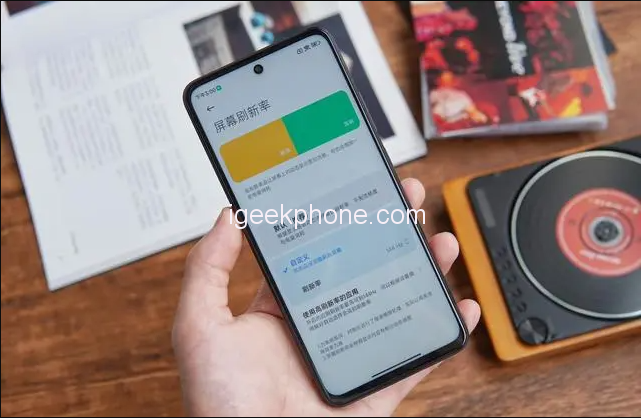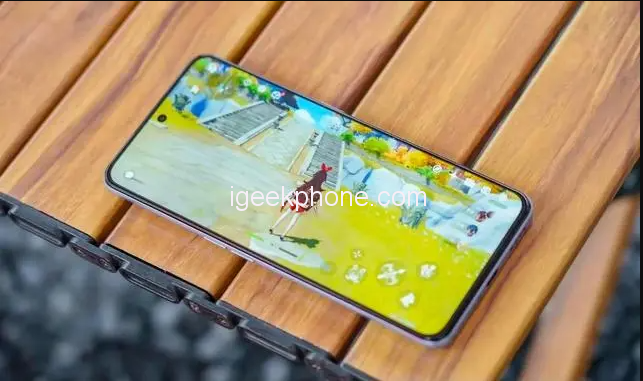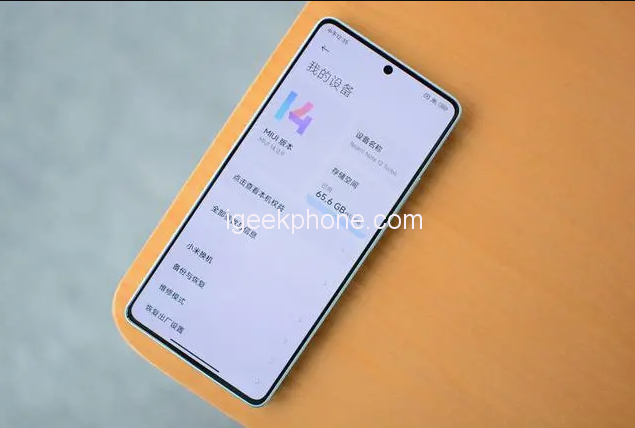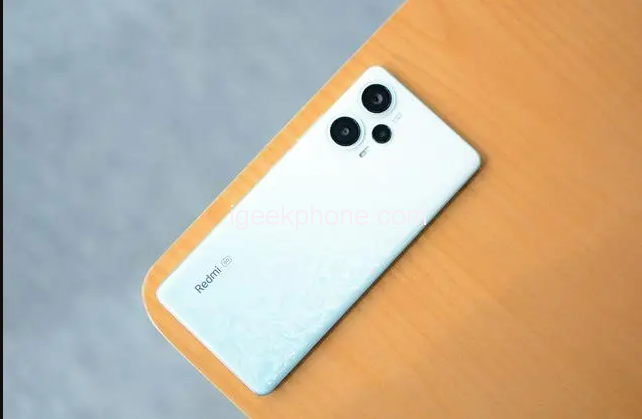The Redmi Note 12 Turbo and Redmi Note 12T Pro can be considered as models within the same price range, with only a slight price difference of approximately 100 to 200 yuan for the same storage version. However, the disparity in the screen materials used by the two models leads to noticeable differences in user experience.
While there are certain differences in the core configurations of the two models, the gap is not particularly significant.  xxxxxxxxxx
xxxxxxxxxx
Hardware-wise, the Redmi Note12T Pro is equipped with the Dimensity 8200-Ultra processor, while the Redmi Note 12 Turbo features the second-generation Snapdragon 7+ processor, which boasts stronger extreme performance. These chips are representative mobile phone system-on-a-chip (SoC) solutions in the mid-range category. The Dimensity 8200-Ultra achieves a benchmark score of nearly 900,000 and exhibits relatively low power consumption. On the other hand, the second-generation Snapdragon 7+ processor, also known as Qualcomm’s “toothpaste squeezer” chip, offers enhanced stability for high-pressure gaming scenarios.
Regarding the screens, there is a fundamental distinction between the two models. The Redmi Note12 Turbo features an OLED screen with support for 12-bit color, 1920Hz high-frequency PWM dimming, 1080P resolution, and other features. On the other hand, the Redmi Note12T Pro employs an LCD screen that supports 1.07 billion colors, a 144Hz refresh rate, seven-speed variable speed, and high refresh rate capabilities.
In essence, the advantages of the screens in these two models lie in their respective materials. OLED screens are lightweight and thin, offering high brightness and low power consumption. On the other hand, LCD screens possess certain advantages in terms of eye protection, although they generally cannot match the quality of OLED screens. Nonetheless, there is still a considerable user base that appreciates LCD screens.
The camera modules of the two models are almost identical, featuring a 16-megapixel front camera, a 64-megapixel rear main camera, an 8-megapixel wide-angle lens, and a 2-megapixel macro lens. However, the rear main camera of the Redmi Note12 Turbo supports OIS (optical image stabilization), resulting in improved imaging stability.
The battery capacities and charging speeds are relatively similar as well. The Redmi Note12 Turbo is equipped with a built-in 5000mAh battery with a 67W flash charge, while the Redmi Note 12T Pro features a 5080mAh battery with a 67W flash charge. Additionally, the Redmi Note 12 Turbo is noticeably thinner and lighter compared to its counterpart.
Taking into consideration the price, the Redmi Note 12 Turbo’s slightly higher cost for the same storage version, especially in the budget-friendly segment, brings about noticeable differences. The additional investment of 100 to 200 yuan for the Redmi Note 12 Turbo translates to better performance, screen quality, imaging stability, and overall user experience. Therefore, it is recommended that users pay closer attention to the Redmi Note 12 Turbo.
Read Also: Redmi Note 12 Turbo vs Note 12T Pro: Which One Should You Buy?
Do not forget to follow us on our Facebook group and page to keep you always aware of the latest advances, News, Updates, review, and giveaway on smartphones, tablets, gadgets, and more from the technology world of the future.









